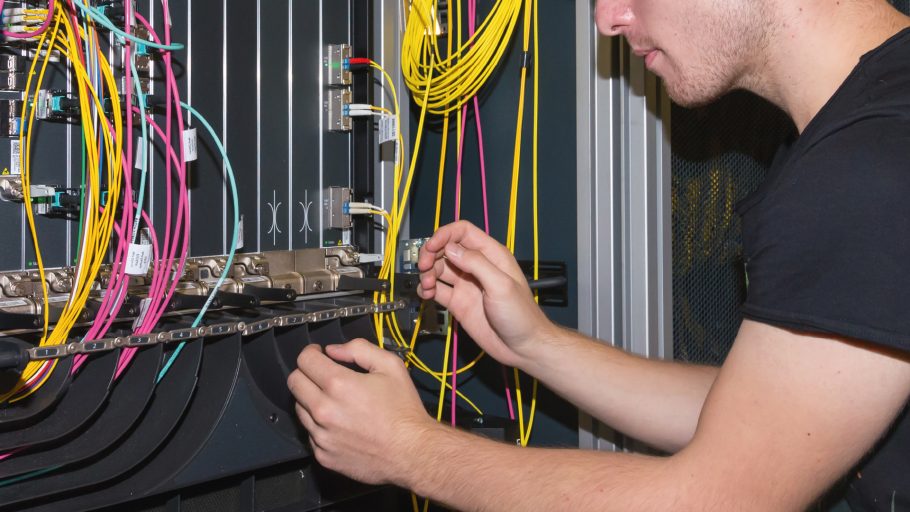In 1995, in an attempt to improve latency and reduce costs for backhaul connectivity, a prudent partnership between three leading Internet service providers MAZ (Hamburg), EUnet (Dortmund), and XLink (Karlsruhe) opened doors to DE-CIX (German Commercial Internet Exchange) in an old post office in the Gutleut quarter of Frankfurt. The meticulous business model was elevated with a modest motto: We make interconnection easy, anywhere. “And fast information exchange was exactly what we could offer our customers,” reminisces Arnold Nipper, the co-founder and current Chief Technology Evangelist, DE-CIX.
Today, 25 years later, the company is a global Internet exchange operator legend, and still holds fast to its humble proclamation of purpose. The company that started in Germany now has a footprint across four continents in 13 countries spanning 23 markets, from Frankfurt and Madrid, to Dubai, New York and Kuala Lumpur, with an ever-increasing customer base that’s just shy of 2,000 worldwide.
HUMBLE BEGINNINGS
Until DE-CIX’s founding in 1995, data streams between different providers in Germany had to cross the Atlantic twice, even when the sender and receiver were only a few kilometres apart. “And this was, of course, very expensive. At that time a two-megabit line, I think, was about four or five hundred thousand German marks, was pretty expensive—a privilege to have such a line, but costs were too high. At the same time performance was bad because of the long way packets had to travel. And, therefore, the providers came back to the idea that is implicit to the Internet: to keep traffic local,” reveals Harald Summa, CEO of DE-CIX and eco—Association of the Internet Industry.
Until Border Gateway Protocol (BGP) was invented, there was no other way for two networks then to pass traffic upstream until it hit the Internet backbone. From there, it went downstream to reach its final destination. Hence, in the early 1990s, the first Internet Exchange (IX) has been up and running. The biggest IXs in Germany, EUnet and XLink already exchanged traffic in Munich since around 1993 via Exterior Gateway Protocol (EGP) backdoor route. Therefore, both companies together with Hamburg’s MAZ talked about creating a German IX around mid-1994. This vision and conversations eventually led to DE-CIX going live in June 1995.
At the very beginning, complicated rules applied to join DE-CIX. If you wanted to be connected at the IX, you had to have two upstreams, independent from existing DE-CIX participants and had to be voted for by at least 15% of the existing participants. Those restrictive rules were abandoned soon as everyone realised, that an IX can only grow if the barriers are low. Nowadays, you only have to have an ASN and be a legal entity.

In 1999, it became clear that DE-CIX had to give up its colocation at Mainzer Landstraße in Frankfurt as the space was too small. Several alternatives were evaluated and finally Interxion was chosen as the new home of DE-CIX. The “new” DE-CIX (called DE-CIX FRA1) was established in Interxion’s FRA1 data center in a dedicated room, which had enough space for the single DE-CIX switch and customer equipment. Connecting the old switch at Mainzer Landstraße with the new one at Interxion allowed for a smooth migration.
Since then, DE-CIX has made history in global expansion and taking a German success model around the world, operating 20+ IXs in Europe, Middle East, India, Southeast Asia and North America. But the beginning still can be traced back to a little box in Mainzer Landstraße.

